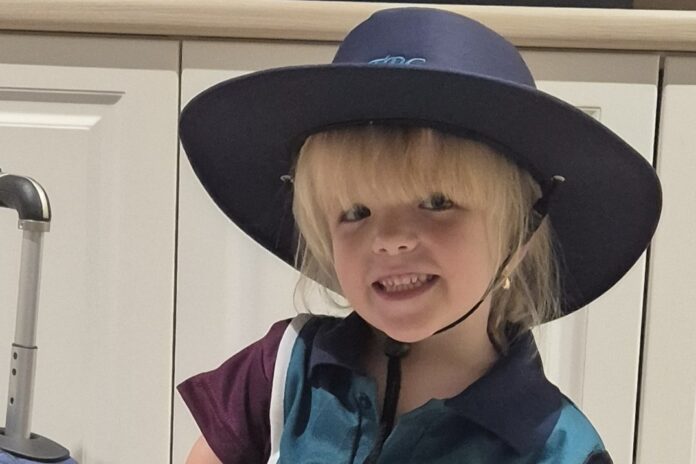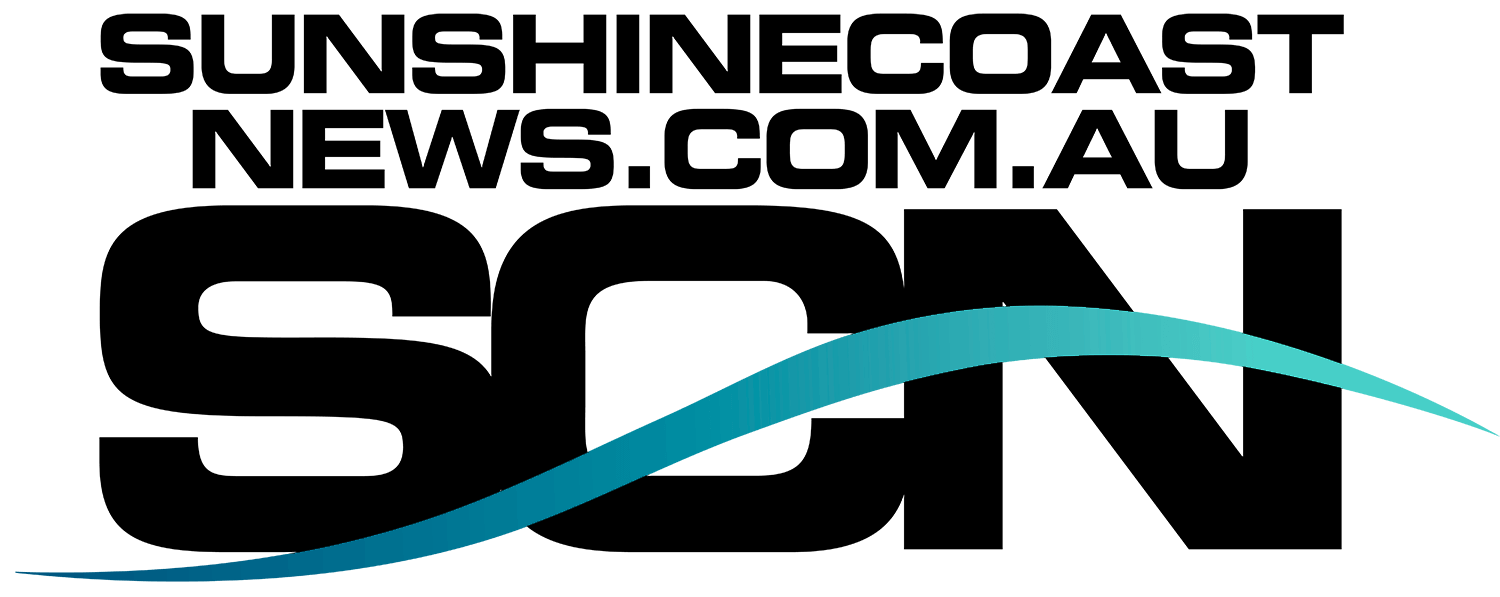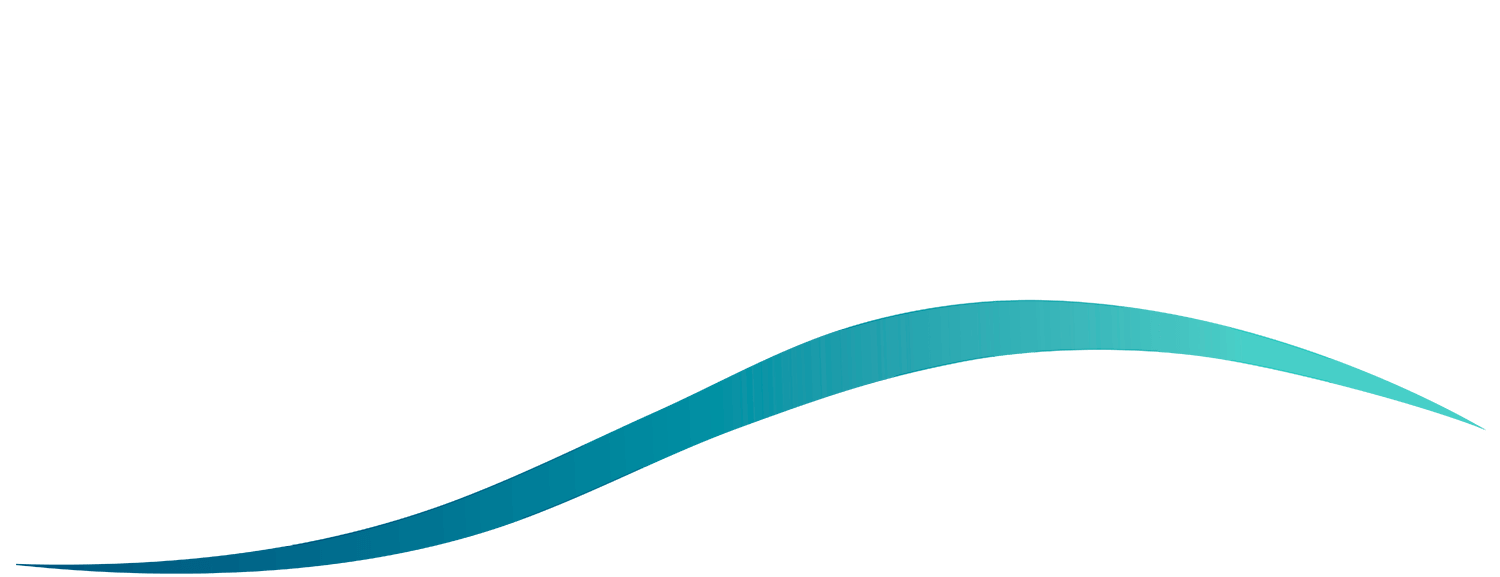Starting school is a big step for any child, but for four-year-old Keira McKennon the milestone will hold special significance.
Keira was born with achondroplasia, which is the most common form of dwarfism and results in disproportionate short arms and legs.
As she prepares to begin Prep at Talara Primary College at Currimundi this week, Keira and her family – dad Kyle, mum Candy and sister Cailin, 7 – are taking the chance to reflect on Keira’s incredible progress so far.
They have also created a video as a way to share information about Keira and her disability. Scroll down to see the video.
“This milestone has come around so quick but it is a time to stop and review her journey over the past five years and an opportunity to reflect on the positive impact she has brought to our family,” Candy said.
“The fact that we and key people in Keira’s community believe that she is ready for the next major step is a testament to all the hard work all parties have invested in supporting Keira as a special needs child.”
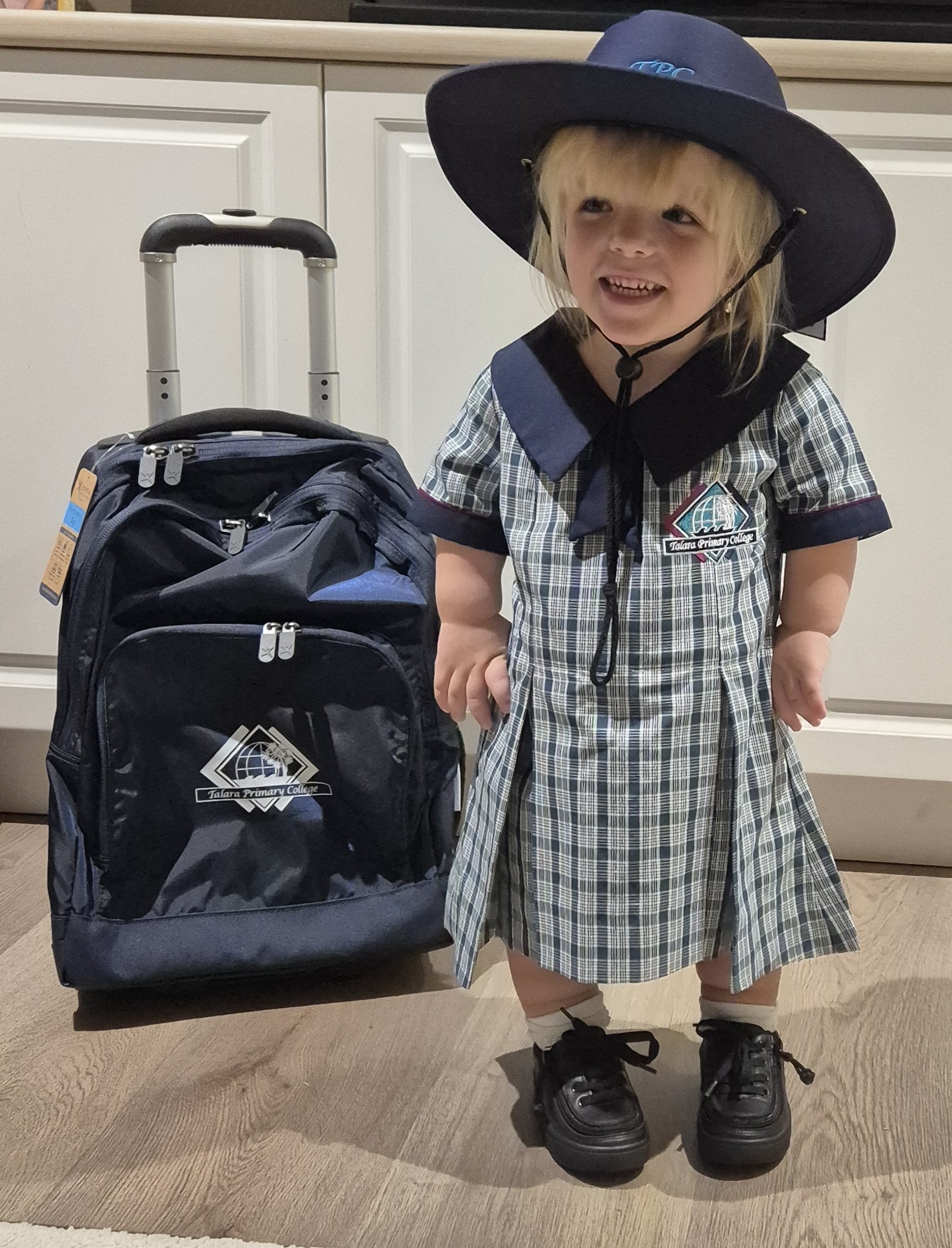
Candy said Keira was looking forward to starting “big school”.
“Her specially made uniforms are hung up and she is super-excited to wear them,” she said.
“Keira has some nerves, as to be expected for any Preppie, but has been through a thorough transition program to give her the best opportunity to smoothly slide into her new environment.
“Keira has a massive personality, the confidence she has given her physical size is inspiring.
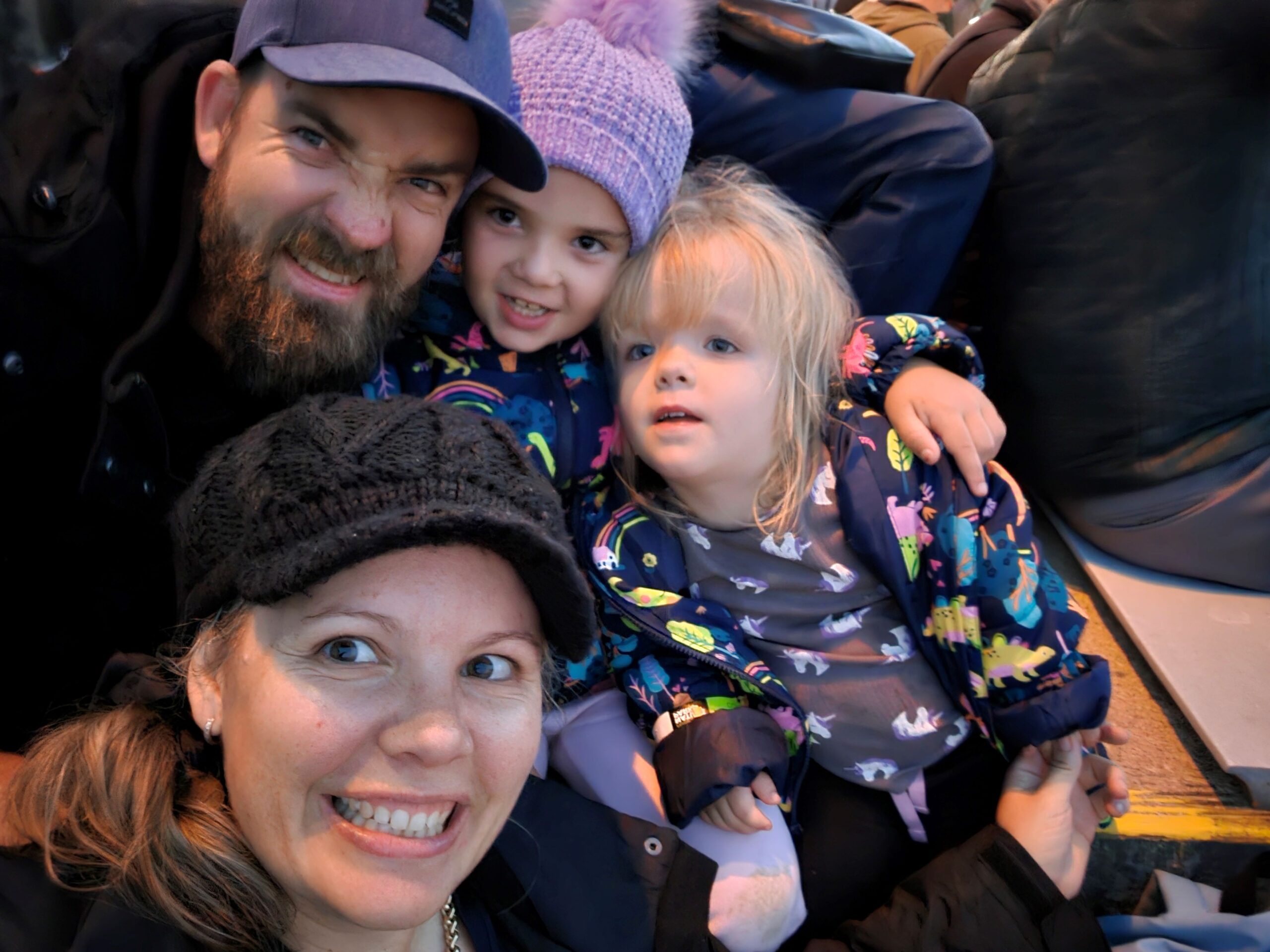
“I am sure there may be a tear or two potentially come day one but we are sure that it will not take her long to feel at ease.”
Candy said Keira starting school would have its difficulties but the school had been very supportive in helping to prepare for her arrival.
“Obvious challenges Keira faces that we predict at this point are derived from her height and proportionality differences, everything from finding the right size table and chairs, access to bathroom facilities, providing comfortable floor seating options, access to bubblers and the playground, to custom-sized uniforms, backpack and even workbooks.
“There are, however, many challenges that I am sure we have not brainstormed that will come to light as she lives the school experience and we will navigate through these as they arise.
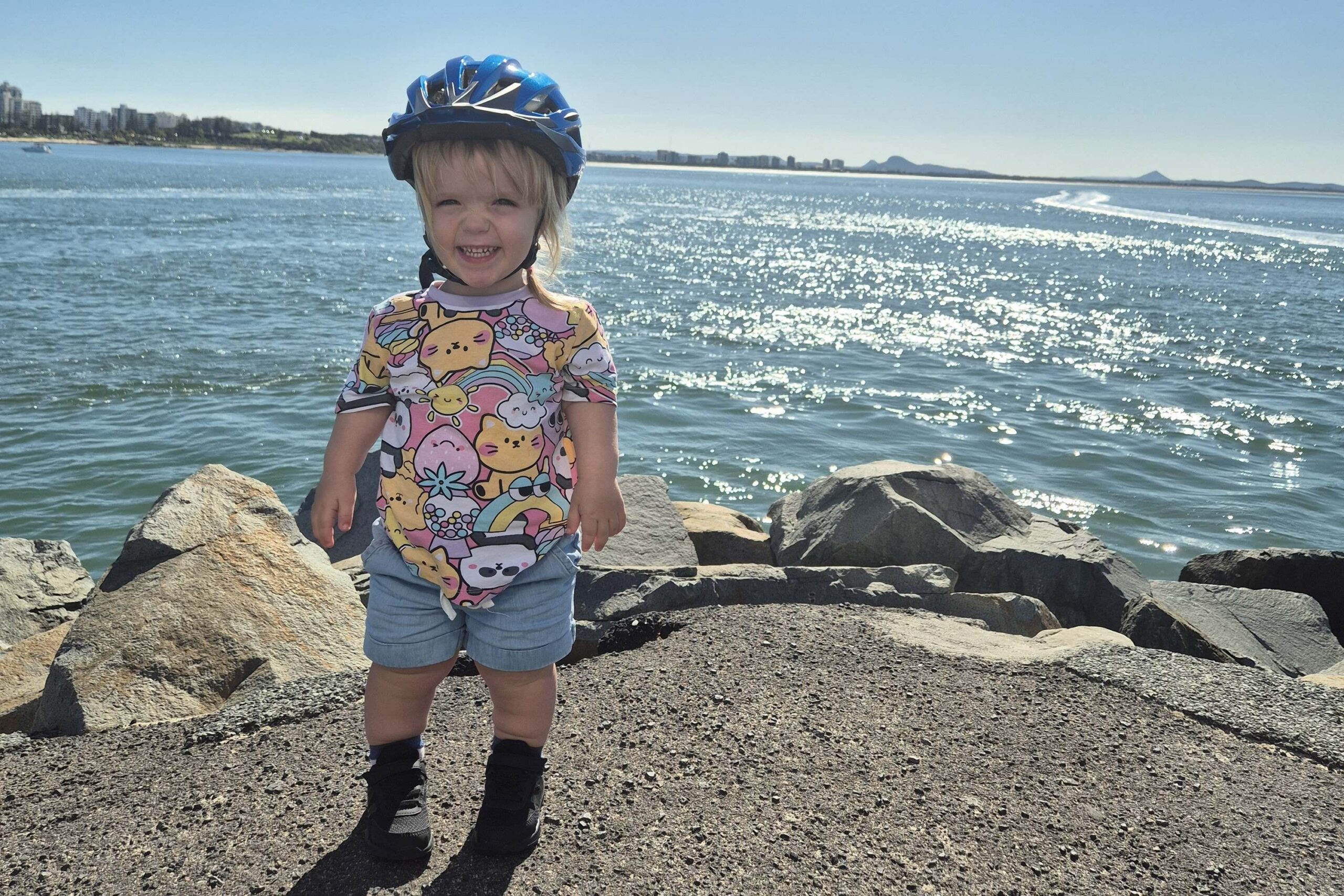
“Talara have been fantastic with the support they have provided in 2024 leading up to her commencement. They have been just as proactive with preparations as we have.
“It has been a relief to not feel as though we have had to heavily advocate for her rights and needs as we often have to in other spaces.”
Like stories about Sunshine Coast people doing great things? Help us deliver more by registering for our FREE daily news feed. All it requires is your email at the bottom of this article.
The family, from Little Mountain, chose to apply to Talara as an out-of-catchment enrolment for Cailin two years ago with Keira in mind.
“We were impressed by their reputation, especially in the special needs sector, and to date with the transition in mind we have not been disappointed,” Candy said.
Keira’s Meema and Papa (Candy’s parents), who live on granny flat on their property, also play a huge role in her everyday life. Her family also has dogs Roxy and Skyla, and new puppy Maple.
The video the family has created shows the everyday challenges Keira faces, and her incredible resilience and infectious enthusiasm for overcoming them.
For more local news videos SUBSCRIBE to our YouTube channel. Just click here.
“The video we created with Keira was completed as we wanted a simple way to share information about Keira and her disability,” Candy said.
“This video was shown to all year levels last year so that they had an understanding coming into 2025 of what to expect with Keira’s arrival. The same video will be played to the Preppies once school commences this week.
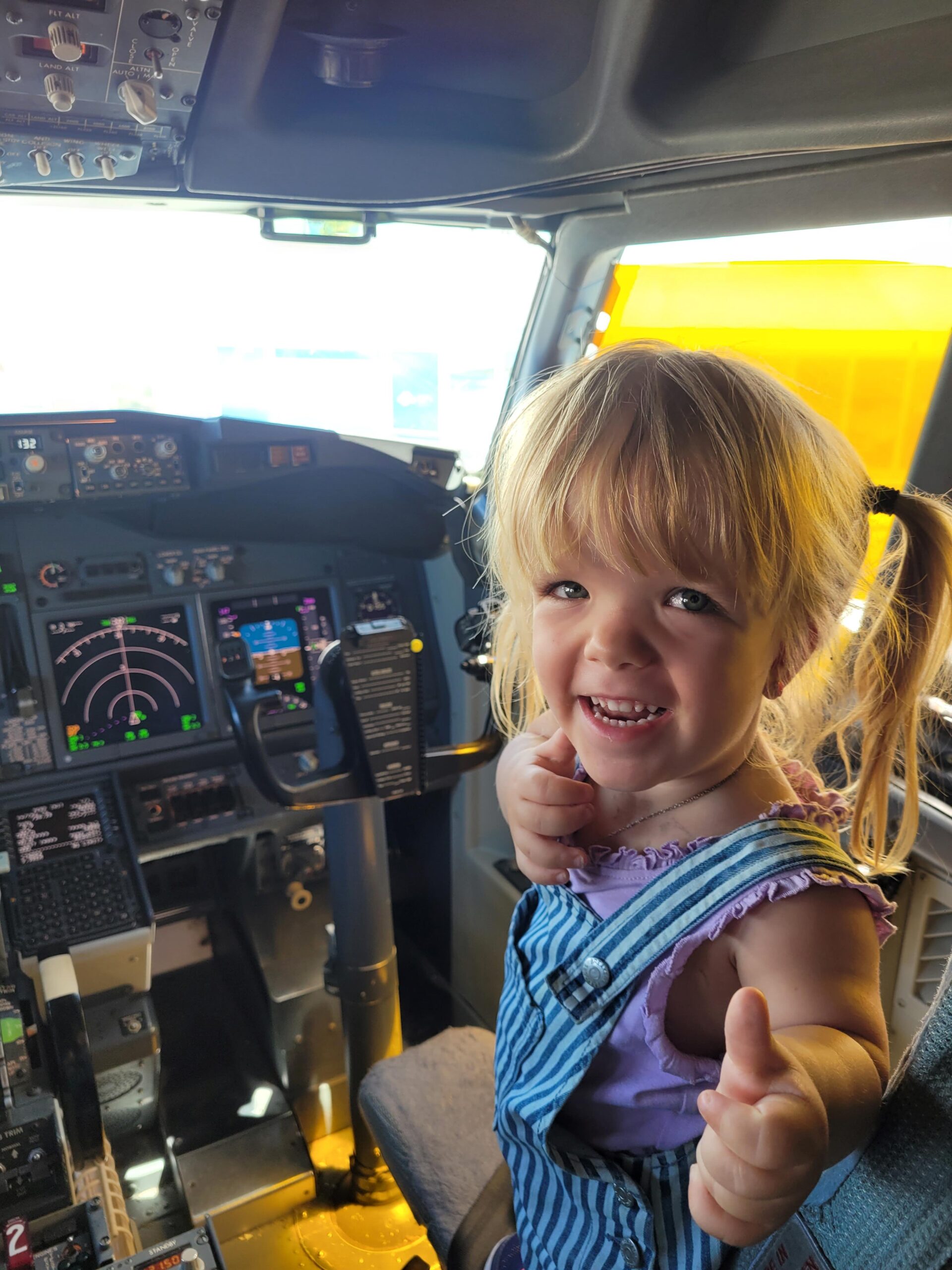
“It was such a great opportunity to allow Keira to learn more about herself in the process of creating it for her community.
“We have had such positive feedback after sharing via social media to local community pages, about how as adults it was such a great experience to watch and learn.
“We are thankful for the way this has spread awareness about achondroplasia and how people can be affected by this disability, but also how they can be – and deserve to be – treated just like anyone else.”
While there are more than 200 forms of dwarfism and skeletal dysplasia, the most common is achondroplasia.
Related story: Big event: small in stature but living large
The average height of adults with achondroplasia is less than 147cm (or four feet) and it is estimated more than 1100 Australians are living with the condition.
It is often caused when a gene mutates during pregnancy, and about 80 per cent of people born with achondroplasia do not have a family history. For parents with a form of dwarfism who have a child, the odds are much greater that their child will have a condition of dwarfism as well.
Most people with dwarfism live long, fulfilling lives and go to school, work, drive cars and have children. One of the biggest challenges for people with short stature is feeling accepted and integrated into everyday society. Visit sspa.org.au.


